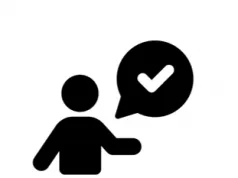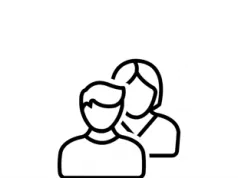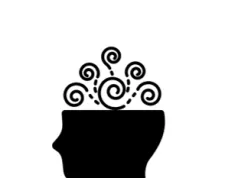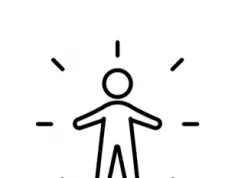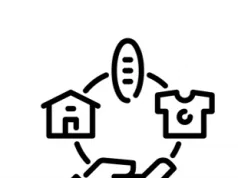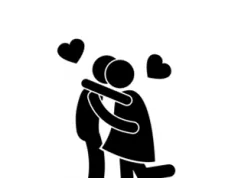Repetitive Transcranial Magnetic Stimulation (rTMS) is a type of therapy that can be used in the treatment of some mental health conditions. rTMS is very rarely used as a first line of treatment. Rather, it is typically used when other interventions have failed to work.
This therapy involves a trained therapist using a magnet in order to stimulate certain areas of the brain – called neurotransmitters. In theory, the higher the level of neurotransmitters, the better mood and emotions are.
The evidence for rTMS is largely positive. However, some people worry about the possible side effects that rTMS therapy can cause. In this article, we review the possible side effects.
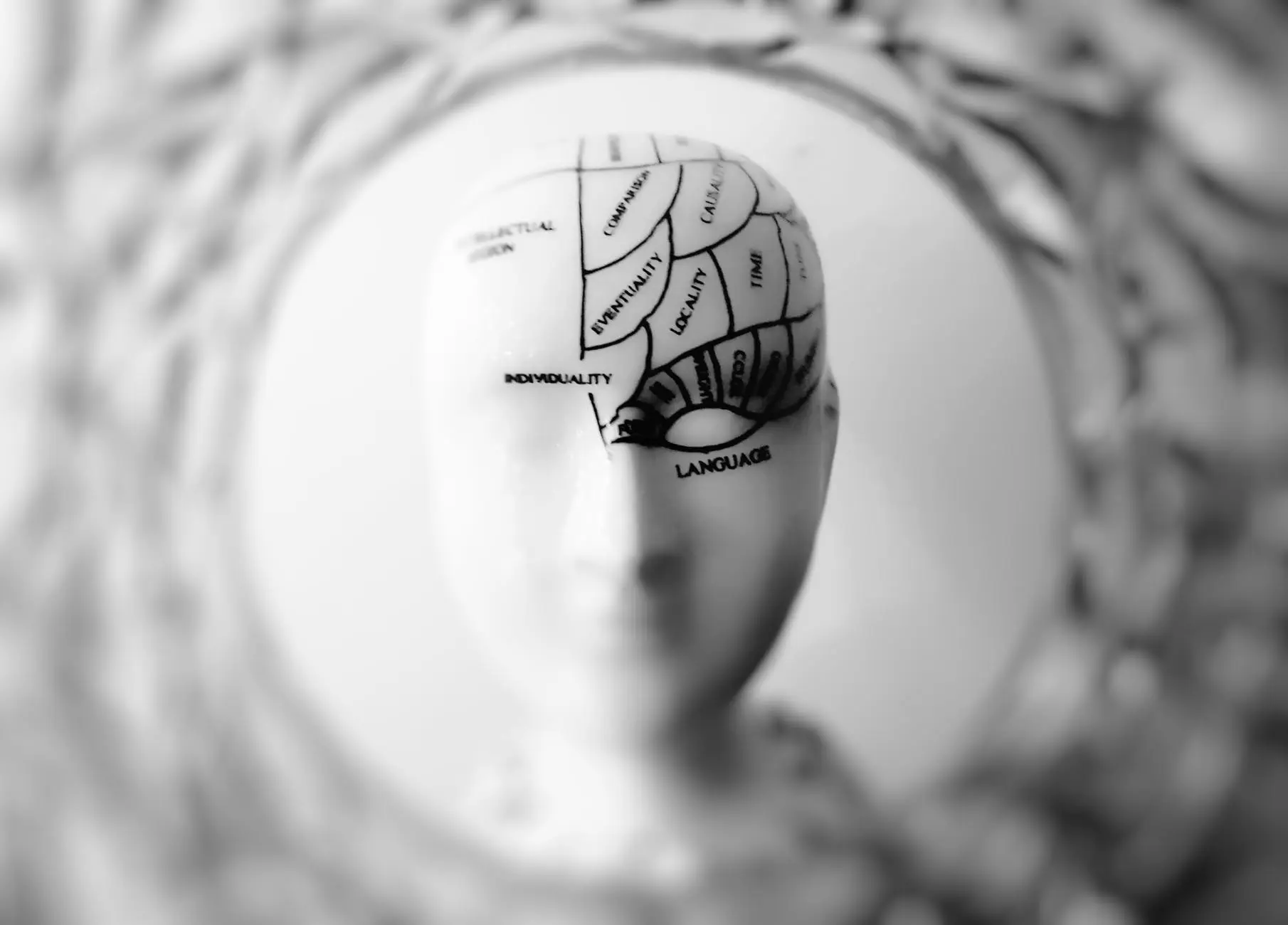
What is rTMS?
Repetitive Transcranial Magnetic Stimulation (rTMS): Repetitive transcranial magnetic stimulation (rTMS) is a type of therapy that can be used to treat an array of mental health conditions. The therapy involves a trained therapist using a magnet in order to apply multiple magnetic pulses to the areas of the brain which are believed to be responsible for the regulation of mood and emotions – called neurotransmitters. In theory, the higher the level of these neurotransmitters, the better mood and emotions become. It is very rarely used as a first line treatment, but if someone has little success in lessening their symptoms with a range of other treatments, then rTMS may be used.
Common Side Effects
The most common side effect of rTMS is a headache. This is something that is normally rather mild, and should go away within 24 hours. A mild analgesic like paracetamol is normally enough to manage this.
Sometimes, headaches can last longer, but it would be rare for this to last more than a couple of days. Again, mild analgesics should suffice as a treatment option.
A slight “tingling” feeling or jaw pain is common for a few hours after rTMS. But this should wear off relatively quickly, and is nothing to worry about.
Other temporary issues that are common include feelings of lightheadedness and temporary hearing problems. These will typically wear off after a few hours [1].
Uncommon Side Effects
Pain on the scalp and even very mild burns are possible. This isn’t too common, however, given the electrical currents involved and associated heat, these are possible.
Short-term memory loss is a potential side effect. While this shouldn’t last for too long, it can be an unpleasant side effect.
Fainting is also possible, but it is uncommon. If this does happen, general rest is usually enough to get over this. Moving minimally and having someone near following rTMS can help in the event of a patient fainting.
Rare Side Effects
Rare side effects refer to those side effects that only a tiny majority of people will have. Studies show that in very rare instances, rTMS can trigger psychosis. This is usually in the form of a hypomanic, manic, or delusional episode [2].
Seizures are also a possibility [2]. Anyone who has previously had seizures in the past, or suffers with epilepsy, should only go ahead with rTMS after an in-depth discussion with their doctor.
Summary
The truth is that all interventions, whether simple talking therapy, medication, or more hands-on treatments like rTMS – will all have side effects involved. In that way, rTMS is no different to other treatments.
However, the possible side effects of rTMS can put many people off, and as seen above, can actually cause severe problems. But in most cases, people will just experience mild side effects.
The hope is that the effectiveness of the treatment will mean that any side effects associated with its use will be worthwhile. rTMS certainly has the potential to be a force for good!
See Also
- Therapy Home
- Everything You Need To Know About Talking Therapy
- FAQ’s About Talking Therapy
- Repetitive Transcranial Magnetic Stimulation: Everything You Need to Know
- The Advantages and Disadvantages of Repetitive Transcranial Magnetic Stimulation
- 8 Things You Should Know About Repetitive Transcranial Magnetic Stimulation
- What Are The Side Effects of Repetitive Transcranial Magnetic Stimulation (rTMS)?
- How Effective is Repetitive Transcranial Magnetic Stimulation (rTMS)?
- Is Repetitive Transcranial Magnetic Stimulation (rTMS) Safe?
- How Do Repetitive Transcranial Magnetic Stimulation (rTMS) and Electroconvulsive Therapy (ECT) Compare?
Disclaimer
This website should be used purely for informational purposes, and does not intend to, nor should it ever, be used as a replacement for professional medical advice.
We strive to keep all of our pages updated, and ensure that our website is full of factual and in-depth information. However, we encourage you to browse this website with care.
As a reminder, this website and all content within it cannot and should not replace the advice of a trained medical professional. You can read our full disclaimer at this link.
Helplines
If you are struggling with your mental health, help is available. With the right support and treatment, you can make a recovery. For information on helplines, or if you are in a state of crisis, please visit our crisis page by clicking on the relevant link for your geographical location (United Kingdom), (United States), (International). You can also see how to get mental health treatment and the process involved by clicking this link.
References
[1] Rossi, S., Hallett, M., Rossini, P. M., & Pascual-Leone, A. (2009). Safety, ethical considerations, and application guidelines for the use of transcranial magnetic stimulation in clinical practice and research. Clinical Neurophysiology. 120 (12): p37-44.
[2] Sakkas, P., Mihalopoulou, P., Mourtzouhou, P., Psarros, C., Masdrakis, V., Politis, A., Christodoulou, G. N. (2003). Induction of mania by rTMS: report of two cases. European Psychiatry: the journal of the Association of European Psychiatrists. 18 (4): p196-198.


